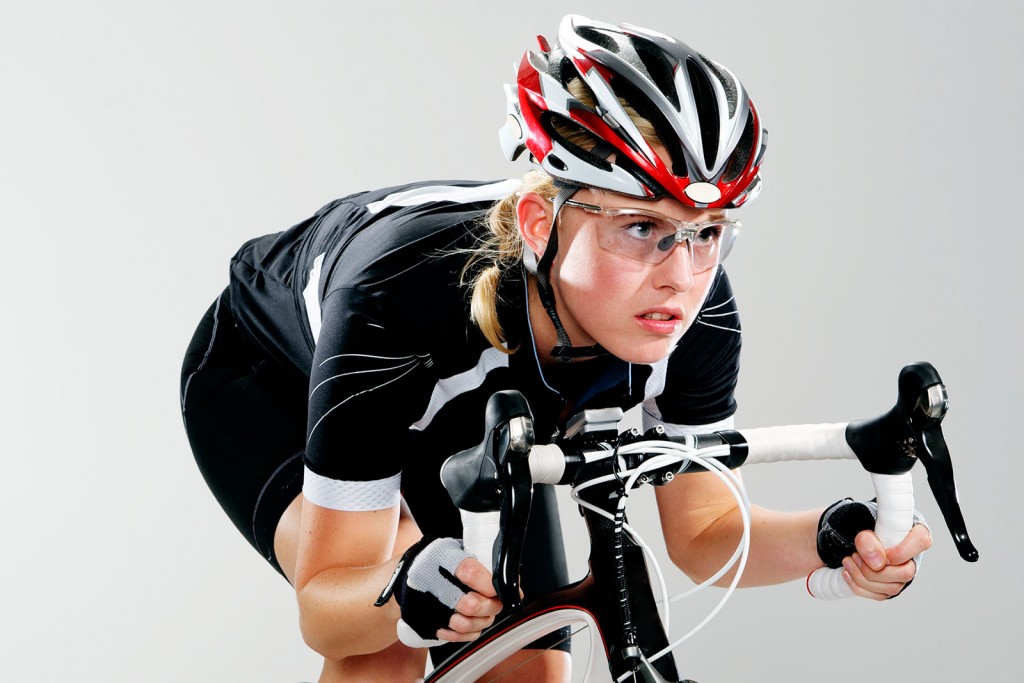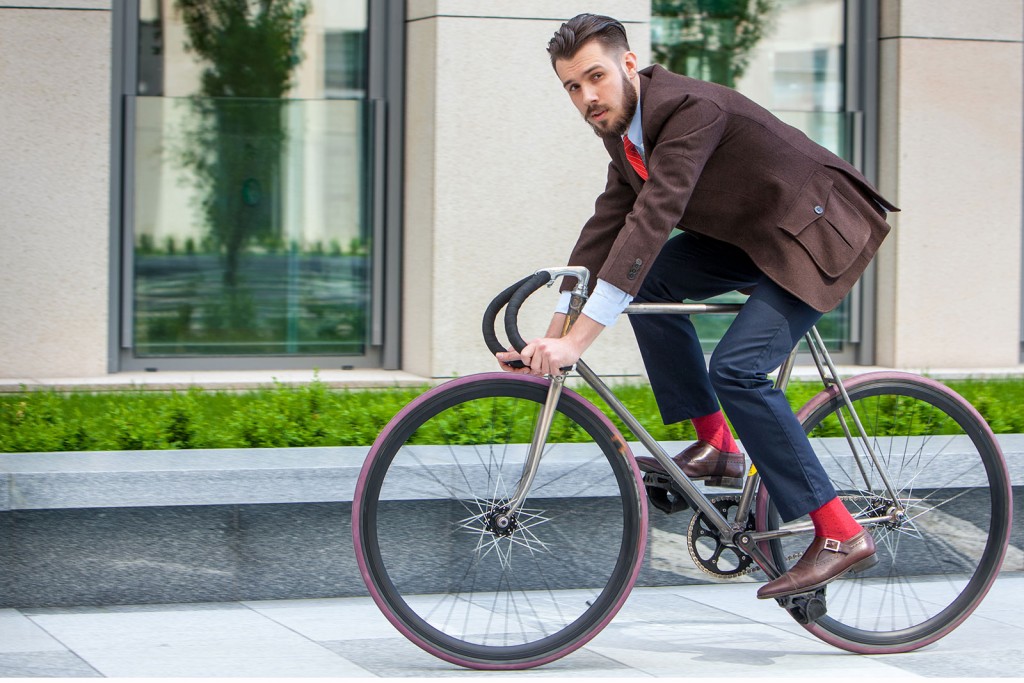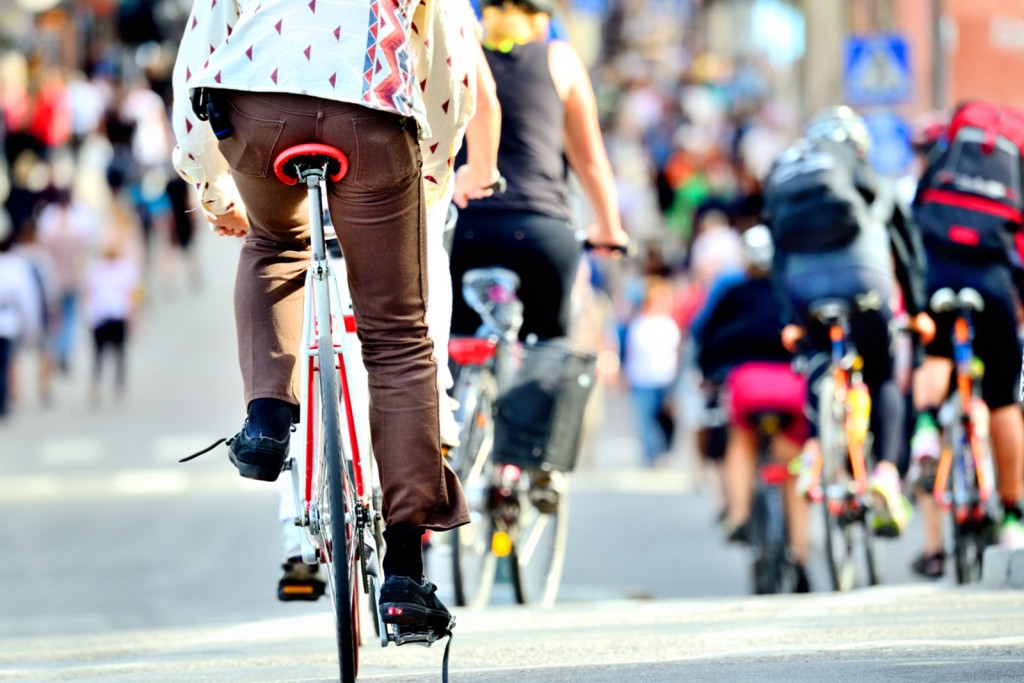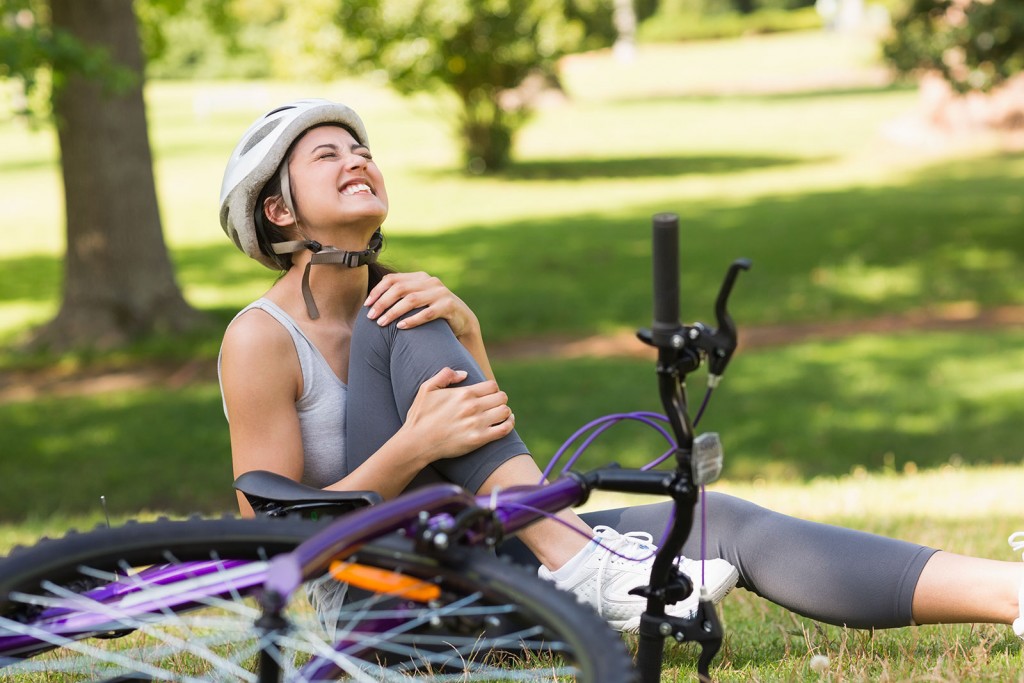It’s all fun and games pedaling around town until your knees start to hurt. Or the lower back. Or a bunch of parts that you didn’t even know could hurt.
Bike seat pain is a common problem for cyclists and can be pretty uncomfortable. You can use several tips below to help minimize your saddle pain while cycling.
What is saddle pain, and why does it occur?
Saddle pain is a general term used to describe any discomfort felt in the area of the body where the sit bones make contact with the saddle.
Some of the most common symptoms of saddle pain syndrome include tenderness or soreness in the pelvic region, burning or stinging sensations, tingling or numbness in the groin area, and a general feeling of discomfort while cycling.
There are several different reasons why someone might experience saddle pain while cycling. Some of the more common causes include:
- Improper bike fit
- An uncomfortable saddle
- Sitting on the saddle for too long
- Repetitive motions while cycling
- Poor riding technique
How can you minimize saddle pain while cycling?
There are several things you can do to help reduce saddle pain while cycling, including:
1. Ensure that your bike fits your body type and riding style properly.
Adjusting your position or the height of your seat, the handlebar, or the pedals can help to eliminate pressure points and distribute your weight more evenly.
2. Avoid sitting on your saddle for prolonged periods without taking a break.
Stretch or move around frequently to help reduce pressure on your pelvic region. Stand up for a few pedal strokes every 10-15 minutes to give your muscles a break. Your body will thank you!
3. Use a comfortable saddle.
These can help cushion the sit bones and reduce friction against the saddle, which can help to prevent irritation or chafing. A big, soft saddle doesn’t mean more comfort- everyone is different. Some people may find relief using a wider saddle with more padding, while others may benefit from using a curved saddle or cut out in the center.
Experiment with different styles of saddles to find a saddle that works for you.
4. Wear padded cycling shorts.
These can help to protect your skin from friction and provide additional cushioning.
Ensure that you are wearing padded cycling shorts and a supportive sports bra to help reduce the risk of chafing and soreness.
Don’t buy cheap cycling shorts- look for high-quality shorts specifically designed to provide support and comfort while cycling.
5. Apply chamois cream before your ride.
Chamois cream is a thick, lubricating cream that helps to reduce friction between the skin and the saddle.
It can help prevent chafing and irritation, and it also provides some padding for the skin.
Apply it on your thighs, under your bottom, or on the inside of your cycling shorts, depending on where you feel pain.
6. Change up your riding technique.
Adjust your cadence, shift body weight from one leg to the other, or move forward and back on the saddle as needed.
Using a different pedaling style or position can help distribute your weight more evenly over the saddle and minimize pressure on the pelvic region.
7. Start slowly and build up gradually.
If you are new to cycling or have been away from the sport for a while, it’s essential to ease your way back into it.
Start with short rides and gradually increase your mileage as your body adjusts to the new activity.
8. Keep clean.
After each ride, wash your cycling shorts to remove sweat and bacteria that can irritate.
If you are susceptible to saddle sores, keeping the area clean and dry is also important.
Change out of wet clothes as soon as possible after your ride and shower if you can.
9. Cross-train.
Including other forms of exercise in your training routine can help to reduce the risk of developing SPS. For example, swimming, running, and strength training are great complementary activities.
Develop different muscles and movement patterns to help relieve excess pressure on the sit bones.
How to deal with different parts of the body that suffer?
Although riding a bike is a low-impact activity; This does not mean that it is a biomechanical activity, composed of repetitive movements, where poor posture or the use of inadequate equipment can turn small problems into great pain. Do you know how to avoid the most common annoyances of urban cycling?
1. Neck discomfort

Common among those who ride bicycles where ride more leaning forward. An overly inclined posture can strain the shoulders, upper back, and neck.
Possible causes
You are forcing your neck to mirror or look around you. It may also be that the distance between the handlebars and the seat is inadequate.
How to avoid them
- Check the distance between the seat and the handlebars. To know if your seat is at the correct distance, sit in the saddle with your foot on the pedal in the middle position and your hands on the handlebars: your ball joint should be aligned with the central axis of the pedal.
- You can use mirrors to have a wider field of vision effortlessly.
2. Discomfort in the lower back

Common among those of us who have a few springs on (and a few extra pounds).
Possible causes
You are maintaining an improper posture that puts too much stress on your back.
How to avoid them
- Adjust the seat height. The saddle should be high enough so that your leg is semi-flexed – not fully extended. The seat should be at the height of your hip “bone”. Contrary to what many people think, your sole of the foot should not touch the ground; it is enough that the last third of your foot manages to support itself.
- The distance between the seat and the handlebars is inadequate. Review what was said in the previous point.
- Exercise your abs. If you ride a bike with too steep geometry, the extra pounds may be putting too much pressure on your lower back. Toning your abdomen can reduce this discomfort.
- Get into a stretching routine. Emphasize movements that gently and gradually stretch your back, such as reaching up and out to the sides. Turning your hips helps release pressure.
3. Discomfort in the buttocks

These complaints include the buttocks and the perianal area.
Possible causes
The seat of your bicycle is not suitable for your body.
How to avoid them
- Change your seat. Choosing the right seat or saddle is an issue that often goes unnoticed. It is important that the characteristics of your seat adjust to those of your body and the use you give your bicycle.
4. Hand and wrist discomfort
It can feel like pain but also tingling or numbness.
Possible causes
A bad position can cause you to put too much weight on your arms, “strangling” the nerves that run through the wrist.
How to avoid them
- The angle or position of the seat is not suitable. Review what was said in the first two points.
- Hold the handlebars correctly. Extend your arms as if you were going to greet someone with a handshake. Now turn your wrists so that your palms are facing the floor. That is the correct posture! Adjust the height and angle of the handlebars if necessary.
- Change the handlebars. There are several designs that, depending on the type of bicycle you have, you can use.
5. Knee discomfort

One of the most common among beginners and users of public bikes.
Possible causes
The height of the chair prevents your leg from pedaling naturally. It could also be because you are pedaling on the wrong foot or going over your limit.
How to avoid them
- Check the position of your seat. Review points one and two.
- Pedal with the forefoot. Have you noticed that on your feet, between the start of the toes and the arch, there is a slightly more bulky part? That is the famous “forefoot.” And it is the only part of your plant that you should pedal.
- Especially when pedaling in the cold, do stretching exercises. Bend your legs and twist your joints gently.
- Pedal according to your physical condition. Know your rhythm and follow it. Many times, the speed of cars deconcentrates us and without realizing it we accelerate for no reason.
Now you know what are the most common annoyances among urban cyclists. Remember that if you experience severe pain, the best option will always be to visit an orthopedist. The bike may not be the culprit!
How can you prevent saddle pain from occurring in the first place?
The most important to reduce saddle pain is to ensure that your bike is fitted correctly for your body type and riding style.
You should also avoid sitting on your saddle for prolonged periods without getting off the bike and stretching. Other tips include padded cycling shorts, changing your riding technique to distribute weight more evenly over the saddle, and avoiding repetitive movements that pressure the pelvic region.

